Jedi Fallen Order PS5 Performance Mode: A Game Changer in the Star Wars Universe
13-10-2023
In the expansive universe of Star Wars gaming, the Jedi Fallen Order PS5 performance mode has brought about a significant revolution. The game was a significant addition to the franchise, pulling fans into a captivating narrative that filled a gap in the Star Wars saga.
Developed by Respawn Entertainment and released on November 15, 2019, Jedi Fallen Order delivered an immersive experience powered by remarkable graphics and engaging gameplay. Now, with the introduction of the PS5 performance mode, the game is set to redefine the gaming experience, offering unmatched visuals and seamless transitions. This article delves into the transformative impact of the performance mode and why it is a game-changer in the Star Wars universe.
Narrative Nuances and Galactic Geography: Plot, Setting, Characters and their Roles
Released in 2019 by Respawn Entertainment, it is a critically acclaimed action-adventure game that has captured the hearts of Star Wars fans across the globe. Taking place in the Star Wars universe, this game offers an engaging plot and an immersive setting that builds upon the grandeur and mystique of the franchise. This article aims to explore the narrative intricacies and the expansive world that the game introduces.
Set approximately five years after Star Wars: Episode III - Revenge of the Sith, Jedi: Fallen Order follows the exploits of Cal Kestis, a young Jedi Padawan who managed to survive the brutal Jedi purge, infamously known as Order 66. The game's setting is in the dark times of the Star Wars timeline when the Galactic Empire is at its height, and the Jedi Order is near extinction.
Cal Kestis, while hiding his Force-sensitive identity, works as a scrapper in Bracca, dismantling decommissioned starships. However, his peaceful, albeit mundane, life is disrupted when he uses his Force abilities to save a friend, thereby exposing his identity. As a result, the Empire, led by the Second Sister, an Inquisitor trained to hunt down the remaining Jedi, comes after him.
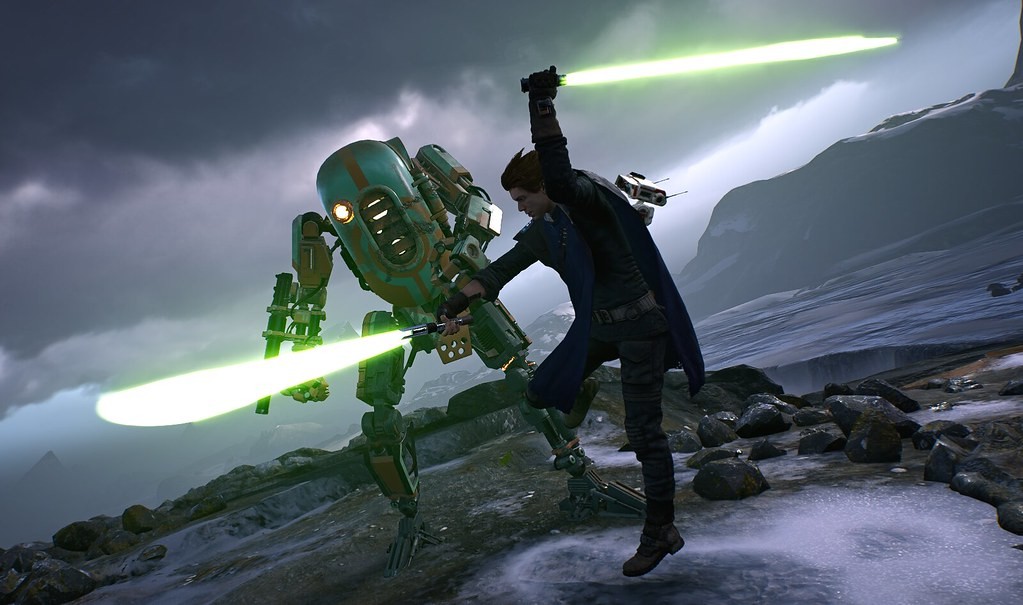
With the help of a former Jedi Knight, Cere Junda, and a pilot, Greez Dritus, Cal embarks on a mission to rebuild the Jedi Order. The narrative revolves around a holocron that contains the list of Force-sensitive children who are the future of the Jedi Order. As the plot unfolds, Cal must confront his past and his fears, learn to trust his allies and master the Force to defeat the Inquisitors and the Empire.
In terms of setting, it takes players across various planets in the Star Wars universe. Each planet, from the rocky, junkyard world of Bracca to the lush, wroshyr-tree-covered Wookiee homeworld of Kashyyyk, is unique and rich in detail. The level design is inspired by the "Metroidvania" style of games, where exploration and revisiting previously explored areas play a significant role.
The game also takes the players to Zeffo, home to an ancient civilization known for its force-sensitive sages; Dathomir, a dangerous and creepy planet known for its dark magic and the deadly Nightsister witches; and Ilum, a snow-covered planet where Jedi traditionally find their Kyber crystals for their lightsabers. Each location is beautifully crafted, with its unique flora, fauna, and culture, making the exploration part as engaging as the game's combat.
The plot and setting are its strongest points. They not only provide a compelling story and an immersive world for players to lose themselves in but also enrich the Star Wars lore. The narrative is filled with suspense, intrigue, and emotional moments, making players feel as if they are part of the Star Wars saga. Furthermore, the diverse and expansive settings serve as a perfect backdrop for this epic adventure, offering both a sense of familiarity for Star Wars fans and a sense of wonder for newcomers.
1. Cal Kestis, the Protagonist Jedi
At the center of the narrative is Cal Kestis, a young Jedi Padawan who survived Order 66, the Emperor's purge of the Jedi Order. Struggling to piece together his shattered past, Cal is on a journey to complete his Jedi training while evading the relentless Empire. Cal is a relatable character whose vulnerability and growth add depth to the game's narrative. Throughout the game, he grapples with his trauma while also learning to trust in the Force, his companions, and himself.
2. BD-1, the Loyal Droid
Accompanying Cal is BD-1, a small, agile droid equipped with various tools and abilities that assist Cal throughout his journey. From hacking into Imperial systems to healing Cal in the heat of battle, BD-1 is an indispensable part of the team. Despite being a non-speaking character, BD-1's quirky mannerisms and loyalty to Cal provide much-needed light-heartedness to the game's intense narrative.
3. Cere Junda, the Mentor
Cere Junda, a former Jedi Knight, serves as Cal's mentor in his journey to becoming a Jedi. Haunted by her past decisions and a self-imposed exile from the Force, Cere is a complex character whose journey mirrors Cal's in many ways. She assists Cal in his quest to rebuild the Jedi Order, guiding him through the trials and tribulations he faces.
4. Trilla Suduri, the Antagonist
As the main antagonist of the game, Trilla Suduri, also known as the Second Sister, is an imposing figure. A former Jedi turned Inquisitor, Trilla relentlessly pursues Cal throughout the game, driven by her hatred for the Jedi and her loyalty to the Empire. Her character provides a stark contrast to Cal, emphasizing the devastating effects of the Jedi purge and the seductive power of the Dark Side.
5. Greez Dritus, the Pilot
Greez Dritus, the pilot of the Stinger Mantis – the ship that serves as Cal's base of operations – provides much of the comic relief in the game. His gruff exterior hides a soft heart, and his loyalty to his crew is unquestionable. Greez's character adds a sense of camaraderie and familial bond among the crew, providing a respite from the game's intense action and drama.
These characters come together to create a rich and immersive narrative, each playing their part in Cal's journey. Their individual stories add depth and complexity to the game, making each interaction and revelation a crucial piece of the larger narrative puzzle. By focusing on character development, the game succeeds in delivering a profound and compelling Star Wars story that leaves a lasting impact.
Exploring the Gameplay, Combat, and Character Progression
The Star Wars franchise has always been a major part of the gaming world, and Star Wars Jedi: Fallen Order Series X is no exception. This action-adventure game, developed by Respawn Entertainment and published by Electronic Arts, takes players on an exhilarating journey through the galaxy, filled with intricate gameplay mechanics, a robust combat system, and engaging character progression.
Gameplay style
The game employs a third-person perspective, allowing players to fully immerse themselves in the expansive Star Wars universe. The gameplay style is a fusion of exploration, platforming, and puzzle-solving, all wrapped up in a narrative-driven adventure. Players navigate through different worlds, each filled with unique challenges, hidden paths, and secrets waiting to be discovered.
The game's exploration aspect is reminiscent of the Metroidvania genre, with players unlocking new abilities as they progress, which subsequently grants access to previously inaccessible areas. This encourages a degree of backtracking and exploration, adding depth and replayability to the gameplay.
Combat system
Combat in Jedi Fallen Order Series X is a strategic and nuanced affair. It's not simply about hacking and slashing your way through enemies; instead, it requires a thoughtful approach, combining defensive tactics with well-timed attacks. The combat system is designed to be approachable yet deep, offering layers of complexity that cater to both casual gamers and hardcore Star Wars fans alike.
Players wield a lightsaber and harness the Force to engage in visceral, cinematic combat. Different enemies require different strategies to defeat, and the game's innovative "parry" system adds a layer of skill-based combat, rewarding players who master the timing of their defensive moves.
Character progression
Players control Cal Kestis, a Jedi Padawan who survived Order 66 and is now on a mission to rebuild the Jedi Order. As players progress through the game, Cal gains new abilities and upgrades for both his lightsaber and Force powers.
This progression system is tied into the game's exploration aspect, with many abilities and upgrades being found in the game world itself. Cal's growth as a character is not just reflected in his increasing power but also through the narrative, as he grapples with his past and the responsibility of being one of the last Jedi.
The Core Mechanics of Jedi Fallen Order
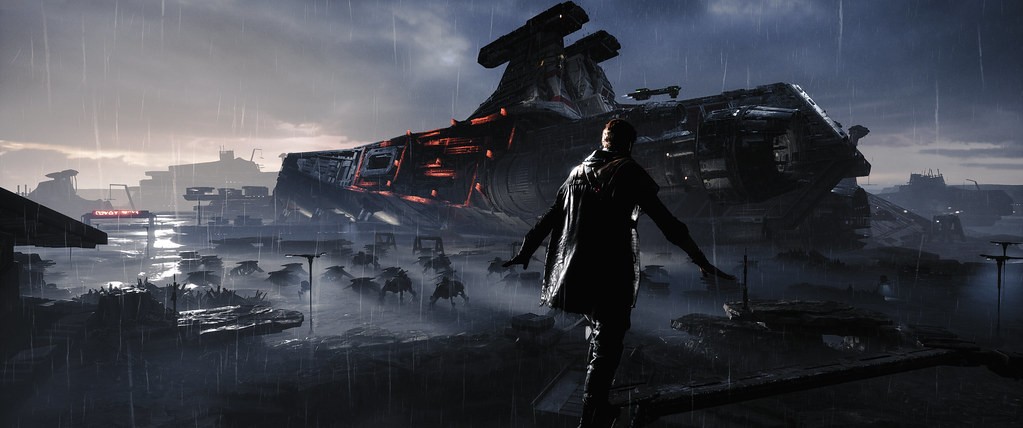
Venturing into the stunningly imagined worlds of Star Wars has always been a captivating experience for fans, but the gameplay mechanics take this exploration to a whole new level. This is a game that provides a rich gaming experience, not just through its combat sequences but also through exploration and puzzle-solving elements that are deeply integrated into its core mechanics.
In-game exploration is not just a secondary aspect of the game but forms a major part of the gameplay. Players are encouraged to explore the diverse and beautifully rendered worlds that are teeming with secrets, collectibles, and side quests. The game features Metroidvania-style exploration, where players gain new abilities that allow them to reach previously inaccessible areas. This aspect of the game keeps the player engaged and constantly on the lookout for new paths and hidden treasures.
The world isn't just vast, it's also intricate. The game's environments are designed with multiple layers and hidden paths, encouraging players to think and experiment. The exploration mechanics involve a lot of climbing, swinging, and leaping, often requiring precise timing and the right use of force abilities. Skills like wall-running and force-pulling are not only used in combat but also form an integral part of the exploration.
The planets that players can visit in the game are not just visually diverse, but they also have unique challenges and puzzles that need to be solved in order to progress. The game has a semi-open world design, allowing players to choose the order in which they visit the planets, further enhancing the exploration experience.
Puzzle-solving is another crucial mechanic. These puzzles serve as a break from the intense lightsaber duels and add an additional layer of depth to the gameplay. From simple lever-pulling tasks to complex environmental puzzles that require the use of force powers, the game offers a variety of challenges that test the player's problem-solving skills.
One of the admirable aspects of the game's puzzle-solving mechanics is that they are seamlessly integrated into the storyline and the game's environments. The puzzles are designed to be part of the ancient ruins or Jedi temples that the protagonist, Cal Kestis, explores throughout his journey. The puzzles are not just obstacles, but they also provide lore and backstories, further enriching the game’s narrative.
The combat is tactical and requires timing and strategy. Cal can block and parry enemy attacks with his lightsaber. If the player times a block correctly just as an enemy attack, Cal will parry the attack, leaving the enemy vulnerable to a counter-attack. In addition to basic attacks, Cal can also use special abilities like a Force Push or a powerful lightsaber strike.
The player can also customize Cal’s lightsaber at workbenches found throughout the game. This customization doesn't just encompass the color of the lightsaber blade but also its handle, switch, sleeve, and material. While these modifications don't impact the gameplay, they allow players to personalize their Jedi experience.
A unique mechanic use of Meditation Circles. These are scattered throughout the game world and serve multiple purposes. They are save points where the player can rest, which restores Cal’s health and force energy but also respawns all non-boss enemies. Players can also spend skill points earned from defeating enemies and exploring to unlock new abilities in Cal’s skill tree.
The game's mechanics also include a Scanning feature. BD-1, Cal's droid companion, can scan various objects and enemies in the environment. This not only gives the player more information about the world but also contributes to gaining experience points.
Visual Style and Graphics Quality
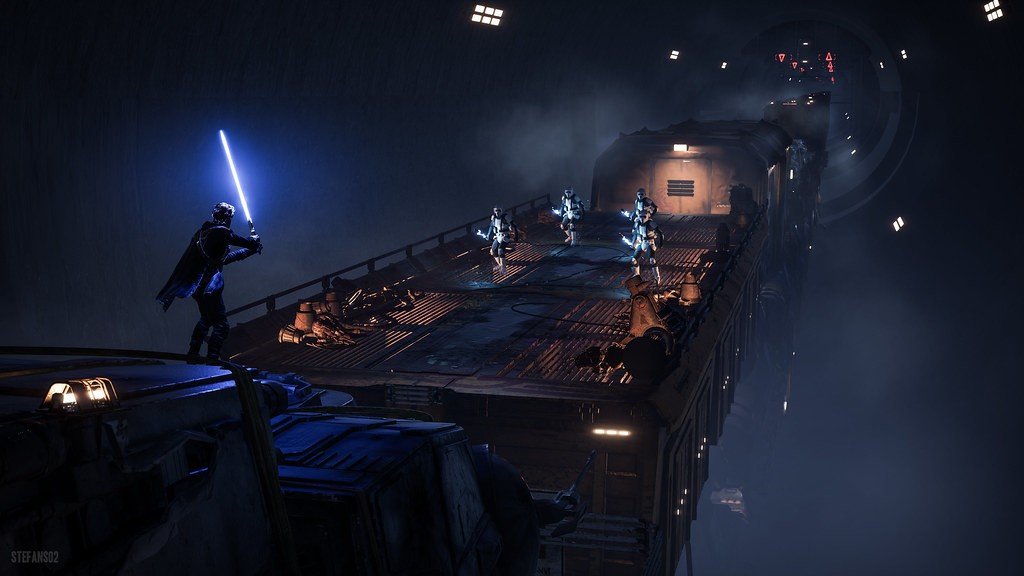
The Jedi Fallen Order 4K version is a masterstroke in graphics design, using the power of modern gaming technology to create a visually stunning Star Wars universe. The game's aesthetics are a harmonious blend of photorealistic art and stylized design, resulting in a world that is at once familiar and fresh.
- High-resolution graphics: The 4K resolution allows for a level of detail and sharpness that is simply stunning. From the intricate details on the characters' costumes to the sprawling landscapes of different planets, every visual aspect of the game is brought to life in stunning detail.
- Atmospheric lighting: The game makes excellent use of dynamic lighting to create a rich, atmospheric environment. The interplay of light and shadow adds depth and realism to the game's environments, making each locale feel distinct and alive.
- Detailed character designs: The characters are meticulously designed, with each character model boasting impressive detail. The 4K resolution enhances these designs, bringing out the nuances in each character's appearance and making them feel more realistic.
Sound design
The sound design is as impressive as its graphics, with a rich soundscape that draws players into the Star Wars universe.
- Immersive sound effects: From the hum of a lightsaber to the roar of a spaceship, the game's sound effects are crafted with meticulous attention to detail. These sounds are immersive and realistic, enhancing the player's sense of being in the Star Wars universe.
- Engaging music score: The music is both nostalgic and new, blending iconic Star Wars themes with fresh compositions. This blend of old and new creates a sonic backdrop that is engaging and evocative.
- Exceptional voice acting: The voice acting is exceptional, with each character's voice bringing out their unique personality. The performances are nuanced and believable, adding depth to the game's narrative.
The game's visual style, graphics quality, and character designs are a testament to the power of modern gaming technology. The soundscape, too, is a critical part of the game's immersive quality, enhancing the player's sense of being part of the Star Wars universe. Whether you're a seasoned Star Wars fan or a newcomer to the franchise, Jedi Fallen Order is sure to offer a gaming experience like no other.
Voice acting
One of the standout features is the exceptional voice acting. The characters are brought to life by a talented cast of voice actors, led by Cameron Monaghan, who lends his voice to the protagonist Cal Kestis. Monaghan’s performance is full of depth, capturing Cal’s vulnerability, determination, and growth throughout his journey. The supporting cast too, including Debra Wilson as Cere Junda and Tony Amendola as Eno Cordova, deliver compelling performances that add depth and emotional weight to the narrative.
The dialogue is well-written, and the interactions between characters feel genuine, reinforcing the narrative and enhancing the gaming experience. The banter between Cal and his droid companion, BD-1, is particularly delightful, bringing moments of levity to the otherwise tense journey.
Soundtrack
The soundtrack is another element that contributes significantly to the game's overall ambiance. Composed by Stephen Barton and Gordy Haab, the score skillfully blends new compositions with John Williams' iconic Star Wars themes. The music sets the tone for each scene and location, from tense, dramatic moments to quieter, melancholic sequences. It effectively underscores the emotional journey of the characters and complements the game's narrative arc.
The soundtrack manages to strike a balance between creating a distinct identity for Jedi: Fallen Order while also fitting seamlessly within the broader Star Wars musical tradition. It plays a key role in making the game feel like a genuine part of the Star Wars universe.
The Critical Reception and Reviews
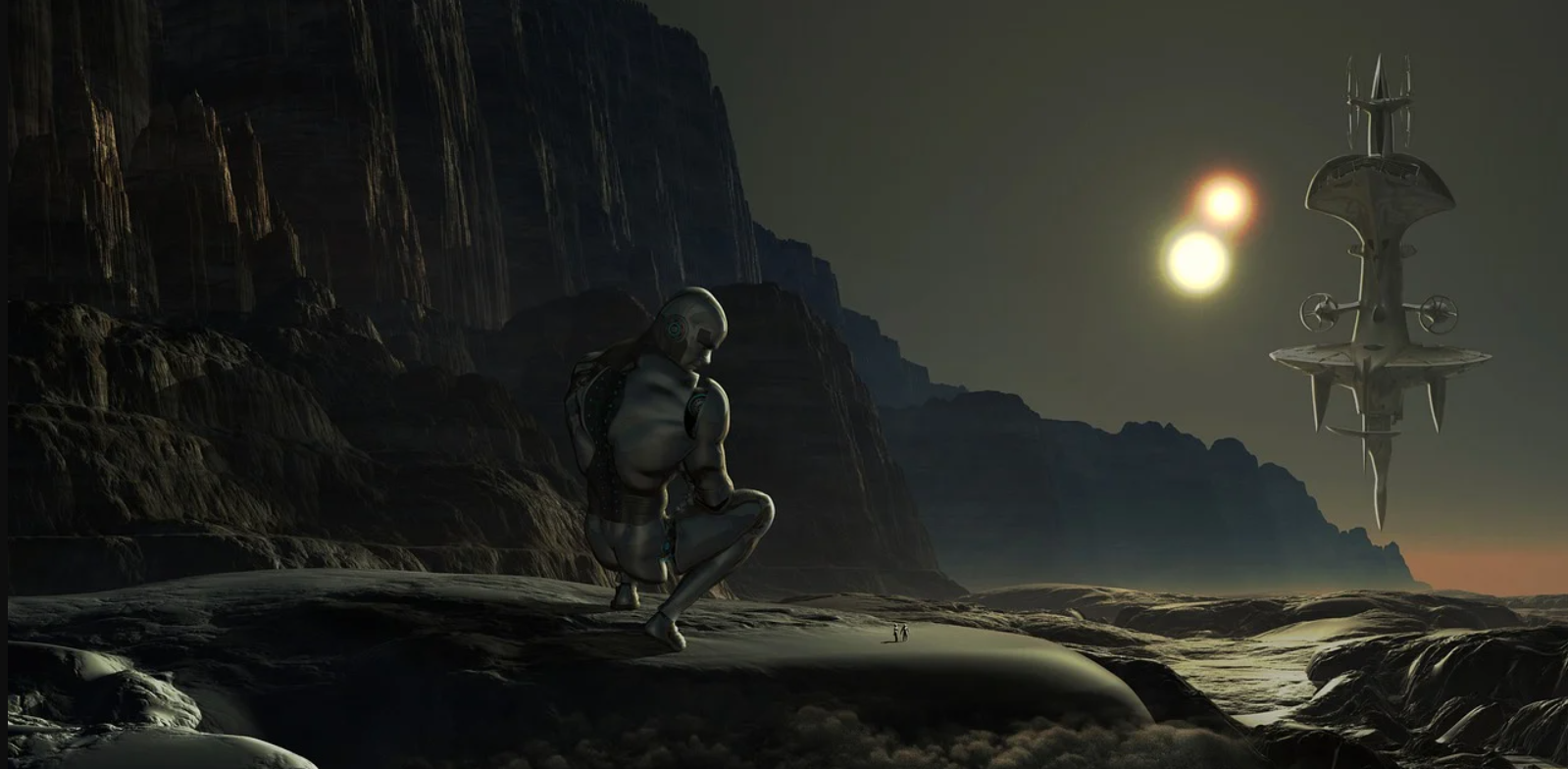
Upon its release, garnered a considerable amount of attention from both players and critics alike. The game, especially the Jedi Fallen Order series s, received a generally favorable reception, with its immersive story, engaging gameplay, and stunning graphics being lauded by many.
Critics' perspectives vs. player reviews
Critics praised Jedi Fallen Order for its successful blend of engaging narrative and action-packed gameplay. The game received an impressive score of 79 out of 100 on Metacritic, indicative of the generally favorable reviews it received from critics. Major gaming outlets such as Appogramm gave it scores of 9 out of 10, praising its combat mechanics, character development, and the immersive Star Wars universe it created.
Player reviews, on the other hand, were slightly more varied. While many players echoed the sentiments of critics, some expressed dissatisfaction with certain aspects of the game. However, the overarching consensus from players was positive, with many praising the game's rich narrative, the challenging yet rewarding combat system, and the stunning visuals, particularly on the game.
Significant awards and nominations
The game's excellence did not go unnoticed by award-giving bodies. The game received numerous nominations and awards, further solidifying its status as a standout title in the Star Wars franchise. It won the award for Best Adventure Game at The Game Awards 2019 and was nominated for several other categories, including Game of the Year. Moreover, it bagged the NAVGTR Award for Game, and Franchise Adventure, among other notable nominations.
Like any other game, Jedi Fallen Order comes with its set of pros and cons. Here are some identified by both critics and players:
Pros:
- The engaging and immersive narrative that does justice to the Star Wars franchise;
- Challenging yet rewarding combat system;
- Stunning visuals especially;
- Well-developed characters and world-building.
Cons:
- Some players found certain gameplay mechanics frustrating;
- Occasional bugs and glitches, although these have been largely addressed through updates;
- Some areas of the game were criticized for being too linear.
Despite some minor hiccups, the critical reception and reviews of Jedi Fallen Order were overwhelmingly positive. The game managed to successfully blend the charm of the Star Wars franchise with engaging gameplay and a compelling narrative, earning it a place among the most appreciated games of recent years. It's fair to say that the developers did an outstanding job, especially with the game, in creating a game that not only appeals to Star Wars fans but also to the general gaming community.
Trailblazing Impact and Resounding Legacy
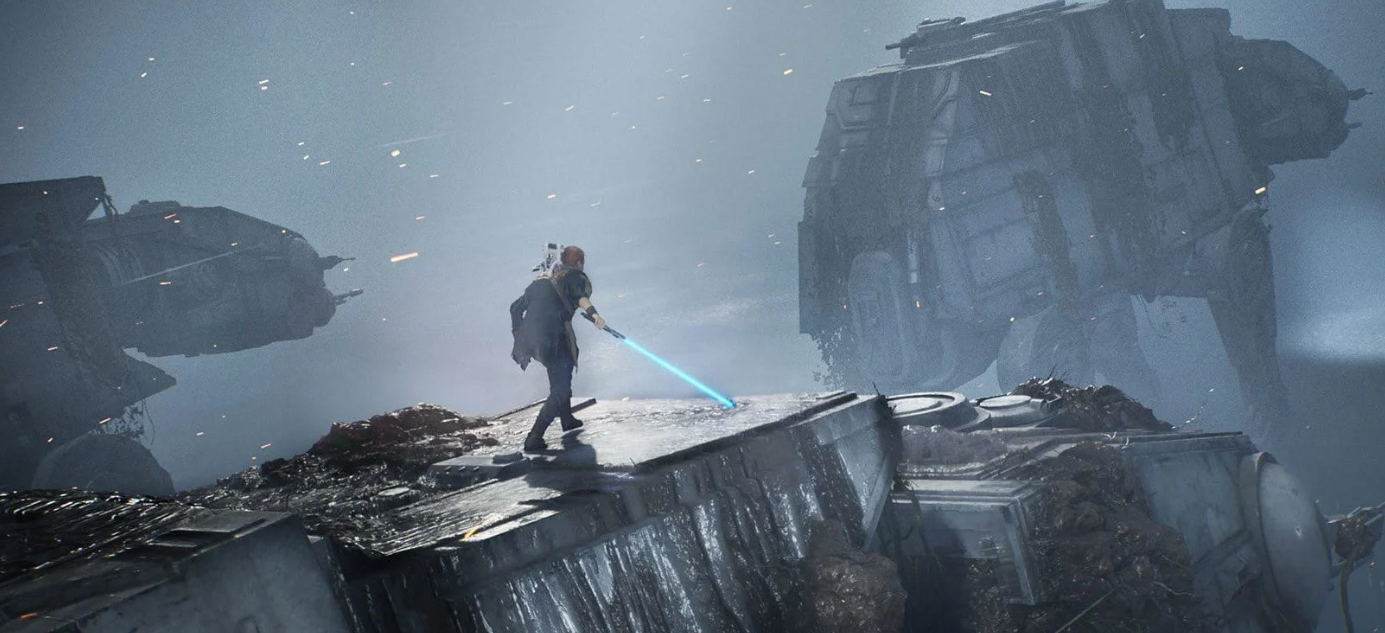
One of the key highlights is its immersive storyline. The game offers a captivating narrative, which is woven meticulously into the broader Star Wars universe. It follows the journey of Cal Kestis, a young Jedi Padawan who survives Order 66, the purge that nearly annihilated the Jedi Order. This plot fits seamlessly into the Star Wars timeline between Episodes III and IV, enriching the franchise's lore and providing fans with a fresh perspective on this epic saga.
The unique gameplay mechanics also contribute significantly to its legacy. It brings a new level of depth and complexity to Star Wars games with its Souls-like combat system, puzzle-solving, and exploratory elements. The game challenges players to master the force, lightsaber combat techniques, and the strategic use of abilities to overcome obstacles and adversaries. This fresh approach to gameplay mechanics in a Star Wars game has set a precedent that future games may seek to emulate or evolve.
Moreover, the game has played a pivotal role in reviving the reputation of Star Wars games. Prior to its release, the franchise was marred by controversies surrounding its multiplayer-focused titles, particularly in regard to their aggressive monetization strategies. Jedi Fallen Order, with its focus on a single-player narrative experience devoid of any pay-to-win elements, has restored the faith of many fans in Star Wars games. This could influence the direction of future Star Wars games, steering them towards more player-centric, narrative-focused experiences.
The game's success also lies in its meticulous attention to detail, from the design of iconic Star Wars creatures and environments to the faithful recreation of the force abilities, lightsabers, and other elements that fans have come to associate with the franchise. This level of authenticity has raised the bar for future Star Wars games, setting a new standard for how the franchise's iconic elements should be depicted in the gaming medium.
Furthermore, nuanced characters and their development throughout the game have been praised. It has demonstrated that Star Wars games can deliver complex, relatable characters and deep, emotional narratives, much like films and TV series. This could potentially influence the storytelling approach of future Star Wars games, pushing them to put greater emphasis on character development and narrative depth.
A commercial powerhouse
The game quickly became a commercial success, selling more than eight million copies by the end of January 2020, surpassing EA's projected sales. The game's outstanding sales figures can be attributed to many factors, including its compelling story, engaging gameplay, and deep immersion in the Star Wars universe. Its positive critical reception also played a significant role in boosting its sales.
The game's success comes at a crucial time when the video game industry is experiencing a shift. In recent years, there's been an increasing emphasis on multiplayer games and microtransactions. Jedi Fallen Order, with its single-player focus and lack of microtransactions, serves as a testament to the fact that there's still a considerable market for single-player games.
Impacting the gaming industry
The game's success has far-reaching implications for the gaming industry. Its commercial triumph sends a strong message to game developers and publishers that games focusing on storytelling and single-player gameplay can still generate substantial revenue.
Moreover, it has shown that not every game needs to rely on microtransactions to be profitable. This has sparked discussions within the industry about the viability of games without microtransactions and could potentially influence future game development trends.
Leaving a lasting legacy
As it stands, the Jedi Fallen Order's legacy is still being written. It has set a new bar for Star Wars games, delivering an engaging and immersive experience that fans of the franchise have long been craving. Its success has likely paved the way for more Star Wars single-player games in the future.
Furthermore, commercial success is helping to shape the future of the gaming industry. It has proven that there is a strong demand for well-crafted single-player games, potentially leading to more investment and development in this area.
Conclusion
So, the Jedi Fallen Order PS5 performance mode is undeniably a game-changer in the Star Wars Universe. The enhanced resolution, frame rate, and post-processing capabilities have significantly improved the overall gaming experience. The game now boasts an immersive experience with its superior graphics, lifelike characters, and captivating environments.
From a personal perspective, I would highly recommend this game to any Star Wars fans, as well as those who appreciate the action-adventure genre. The game is not just a game, and it's an experience that does justice to the iconic Star Wars franchise. The PS5 Performance Mode takes this experience to a whole new level, making the game more engaging and thrilling.
The overall experience of Jedi Fallen Order on PS5 is nothing short of impressive. It's clear that a lot of thought and effort has gone into creating this game, and it pays off in every aspect - from the gameplay to the storyline to the characters and the stunning visual effects. But more than anything else, it's the Performance Mode that sets this game apart, making it a standout title in the next-gen console era. This is a must-play for anyone who owns a PlayStation 5.
FAQ
What kind of gameplay does Jedi Fallen Order offer?
The gameplay is a mix of exploration, combat, and puzzle-solving. It incorporates elements of Metroidvania-style games, encouraging players to explore environments, find hidden areas, and unlock new paths as they gain new abilities. The combat system is tactical and thoughtful, requiring players to pay attention to enemy behaviors and patterns, block and dodge attacks, and exploit openings to strike back.
What platforms is the game available on?
Star Wars Jedi: Fallen Order is available on multiple platforms. It was originally released for Microsoft Windows, PlayStation 4, and Xbox One. Later, it became available on PlayStation 5 and Xbox Series X/S. The game is also available on the streaming service Google Stadia.
How long does it take to complete Jedi Fallen Order?
The length of the game can vary based on how thoroughly a player explores and how much time they spend on optional side quests. However, on average, the main story takes about 17 to 20 hours to complete. If you're a completionist who wants to find every secret and unlock every achievement, the playtime could extend to around 30 hours.
Can I play as other characters besides Cal Kestis?
No, you cannot. It is a narrative-driven game, and Cal Kestis is the main character. The entire story revolves around his journey, and he is the only playable character in the game. Other characters like Cere Junda and BD-1 are part of Cal's team, but they exist primarily to support him in his quest.
Is Jedi Fallen Order an open-world game?
Not entirely. While Star Wars Jedi: Fallen Order does offer a lot of exploration, it is not an open-world game in the traditional sense. The game is structured around several large, interconnected areas that you can travel between using your spaceship, the Stinger Mantis. Each area is full of secrets, side paths, and optional areas to discover, but progression is often gated by abilities that you'll gain throughout the story.
Can I customize my lightsaber in Jedi Fallen Order?
Yes, you can. As you explore the game's worlds, you'll find chests containing various lightsaber parts - emitters, switches, sleeves, and materials. These allow you to customize the look of your lightsaber at workbenches scattered throughout the game. You can also find Kyber Crystals, which let you change the color of your lightsaber's blade. However, these customizations are purely cosmetic and do not affect the weapon's performance in combat.
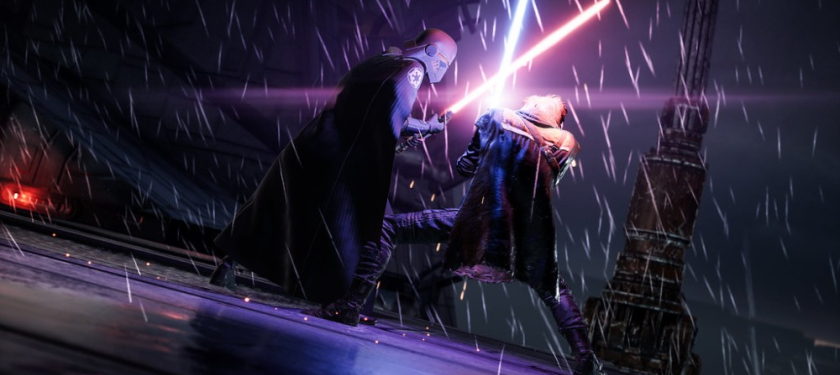











Leave a comment
Your comment is awaiting moderation. We save your draft here
0 Comments